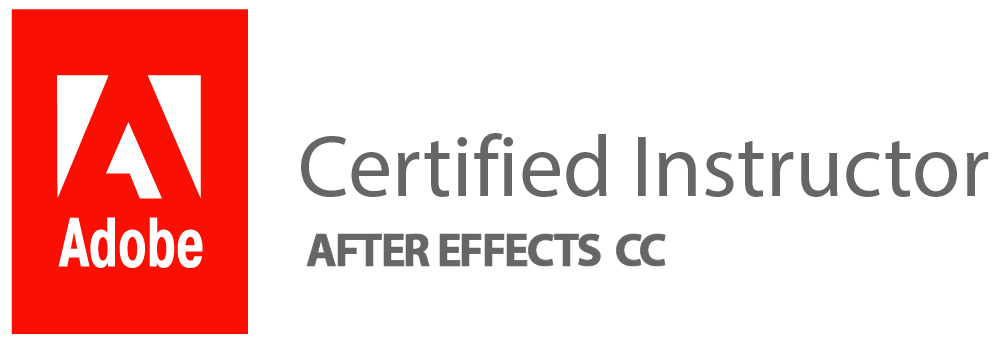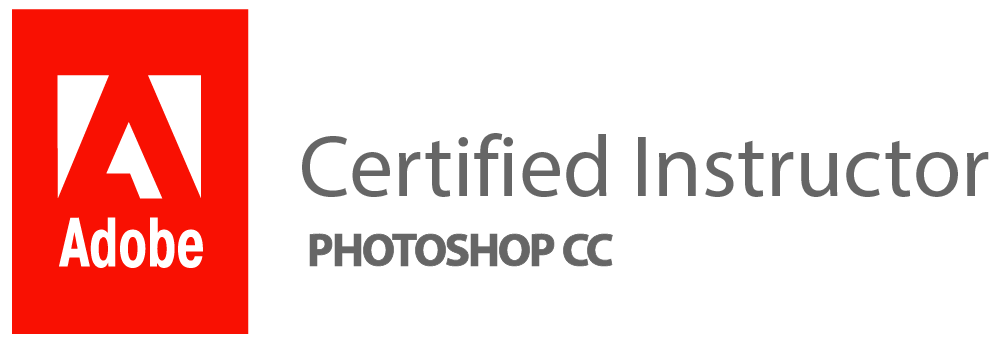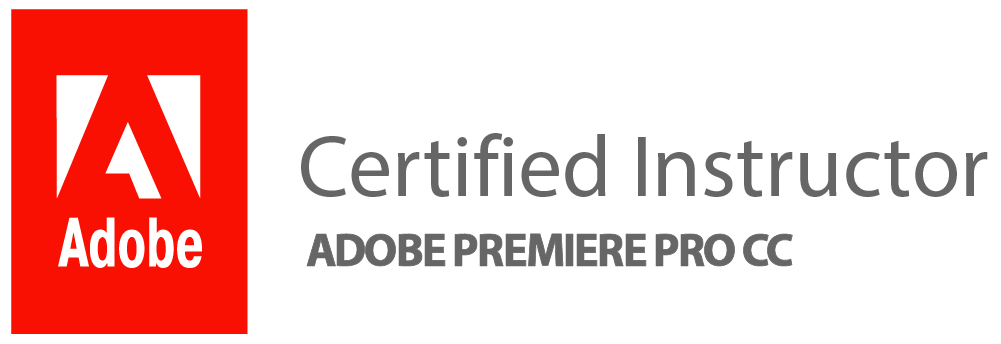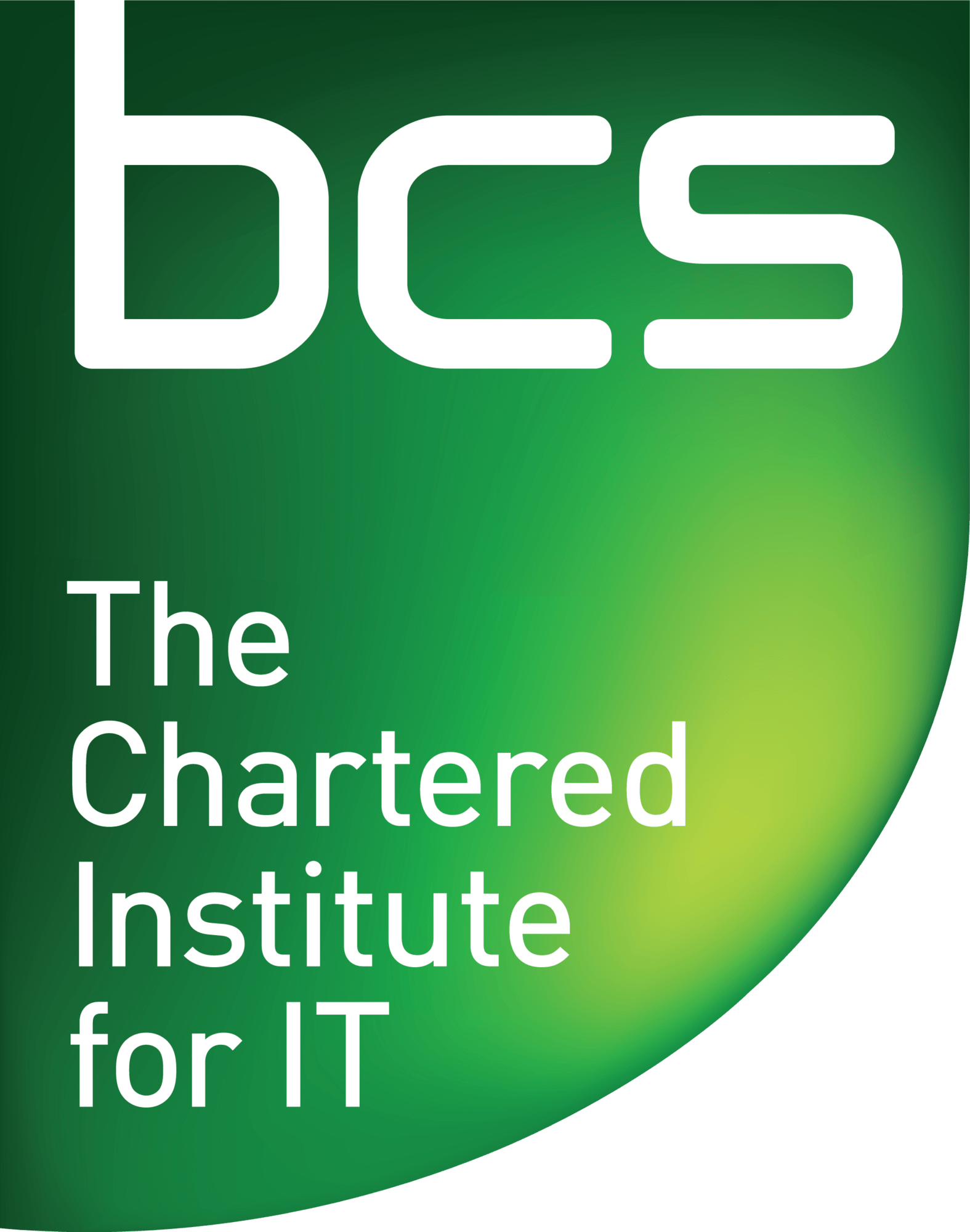Unlock your creative potential: Easy steps to learn InDesign
Unlocking your creative potential with Adobe InDesign is a journey that can transform the way you approach design projects. To begin, familiarise yourself with the various tools and features of InDesign by exploring online tutorials and practice projects. Next, don’t be afraid to experiment with different layouts, colour schemes, and typography to discover your unique style.
Additionally, consider enrolling in online courses or workshops that focus specifically on InDesign to deepen your knowledge and skills. Surround yourself with inspiration from art, nature, or even other designers to keep your creativity flowing. By consistently practicing and pushing the boundaries of your design capabilities in InDesign, you’ll unlock new levels of creative expression that can elevate your work to new heights.
Introduction: Overview of learning InDesign from home
Learning InDesign from home offers a unique opportunity for individuals to enhance their design skills and unlock their creativity without the constraints of traditional classroom settings. With the rise of online courses, tutorials, and resources available at our fingertips, mastering Adobe InDesign has never been more accessible. This digital-first approach enables aspiring designers to tailor their learning experience to their own pace and preferences, fostering a more personalised educational journey.
Moreover, the flexibility of learning InDesign from home allows individuals to delve deeper into specific areas of interest within the software. From creating stunning layouts for print materials to designing captivating digital publications, learners can explore various facets of graphic design through hands-on practice and experimentation. By leveraging virtual tools and platforms, aspiring designers can engage with a global community of fellow creatives, sharing insights, feedback, and inspiration in real-time – turning the process of learning InDesign into a collaborative and enriching experience.
Setting up a learning environment
Creating the ideal learning environment is crucial when mastering a complex tool like Adobe InDesign. Start by designating a quiet and organised space that is free from distractions, allowing you to fully immerse yourself in the learning process. Consider adding personal touches such as inspiring quotes or artwork to motivate and inspire you during your study sessions. Utilise tools like natural lighting and ergonomic furniture to enhance comfort and reduce unnecessary strain on your body, promoting longer and more focused learning sessions.
Incorporating relevant resources into your learning environment can also play a significant role in your success with Adobe InDesign. Surround yourself with helpful books, online tutorials, and software manuals to supplement your understanding of key concepts. Additionally, integrating technology such as dual monitors or high-quality headphones can further streamline your experience by providing easy access to reference materials and minimising external disturbances. By curating a tailored learning environment unique to your preferences, you can maximise productivity and elevate your skills with Adobe InDesign effortlessly.
Online resources for tutorials and courses
One of the most exciting aspects of learning Adobe InDesign from home is the abundance of online resources for tutorials and courses. Websites like Blue Sky Graphics offer a wide range of InDesign courses taught by industry professionals, providing learners with the opportunity to enhance their skills at their own pace. These platforms often include hands-on projects and assignments that give a practical understanding of how to use InDesign in real-world scenarios.
Additionally, Adobe itself provides an array of resources for learning InDesign online. From official tutorials on their website to webinars and live events, Adobe offers valuable insights into using their software effectively. The Adobe Creative Cloud subscription also includes access to extensive training materials for all its applications, making it a comprehensive hub for honing your InDesign skills. By utilising these online resources, aspiring designers can dive deep into the world of InDesign and unlock their creative potential from the comfort of their homes.
Practice projects to enhance skills
One effective way to enhance your Adobe InDesign skills from home is by undertaking practice projects. These projects can range from designing flyers, posters, or newsletters to creating magazine layouts or even eBooks. By immersing yourself in hands-on projects, you not only apply the concepts you learn but also gain a deeper understanding of the software’s capabilities.
Additionally, challenge yourself by recreating designs from professional publications or websites using Adobe InDesign. This approach allows you to analyse and replicate complex design elements, helping you develop a keen eye for detail and design aesthetics. Moreover, experimenting with different tools and features within InDesign during these practice projects can broaden your skill set and make you more proficient in utilising the software for various design requirements.
Utilising InDesign community for support
The InDesign community is a vibrant and valuable resource for individuals looking to enhance their skills in this versatile software. By tapping into this supportive network, users can access a wealth of knowledge, tips, and tricks from experienced professionals and fellow enthusiasts. Online forums, social media groups, and blogs dedicated to InDesign offer a platform for sharing ideas, troubleshooting issues, and seeking inspiration.
One of the key benefits of engaging with the InDesign community is the opportunity to connect with like-minded individuals who share a passion for design. Collaborating with others not only fosters creativity but also provides a supportive environment where members can learn from each other’s experiences and expertise. Additionally, participating in discussions and joining virtual events organised by the community can help users stay updated on the latest trends and techniques in digital design.
Moreover, active involvement in the InDesign community can lead to networking opportunities, potential collaborations on projects or portfolios, and even career advancements. Establishing connections within this niche group can open doors to new possibilities and expose users to diverse perspectives that enrich their understanding of design principles. Ultimately, leveraging the power of the InDesign community as a support system can greatly enhance one’s learning experience and proficiency in using this powerful tool for graphic design.
Tips for staying motivated and focused
Maintaining motivation and focus while learning a new skill, such as Adobe InDesign from home, can be challenging but rewarding. One tip is to set specific, achievable goals for yourself to stay on track. Break down the learning process into smaller tasks and celebrate each milestone you reach.
Another effective strategy is to create a dedicated workspace free from distractions. Set boundaries with family members or roommates to ensure uninterrupted study time. Additionally, incorporating regular breaks into your study schedule can help prevent burnout and keep your mind fresh for absorbing new information. By implementing these tips, you can enhance your productivity and make steady progress in mastering Adobe InDesign from the comfort of your own home.
Conclusion: Advantages of self-learning Adobe InDesign
Self-learning Adobe InDesign offers a plethora of advantages that go beyond just mastering a software tool. One key benefit is the flexibility it provides, allowing individuals to learn at their own pace and customise their learning journey to suit their specific needs and interests. This personalisation fosters a deeper understanding and retention of knowledge, leading to more creative and efficient use of InDesign in real-world projects.
Moreover, self-learning Adobe InDesign empowers individuals with problem-solving skills as they navigate through tutorials, online courses, and practice exercises independently. This hands-on approach not only enhances technical proficiency but also cultivates a sense of resourcefulness and resilience when faced with challenges or unfamiliar tasks. By taking ownership of one’s learning process, users can build confidence in their abilities and develop a growth mindset that extends far beyond the realm of design software proficiency.











